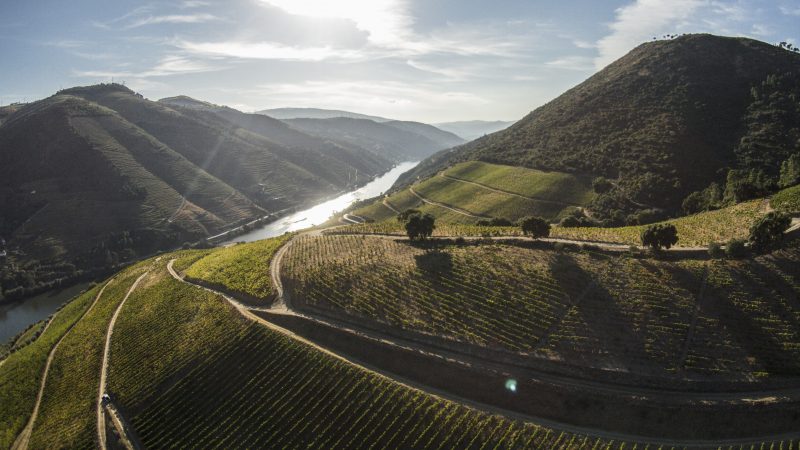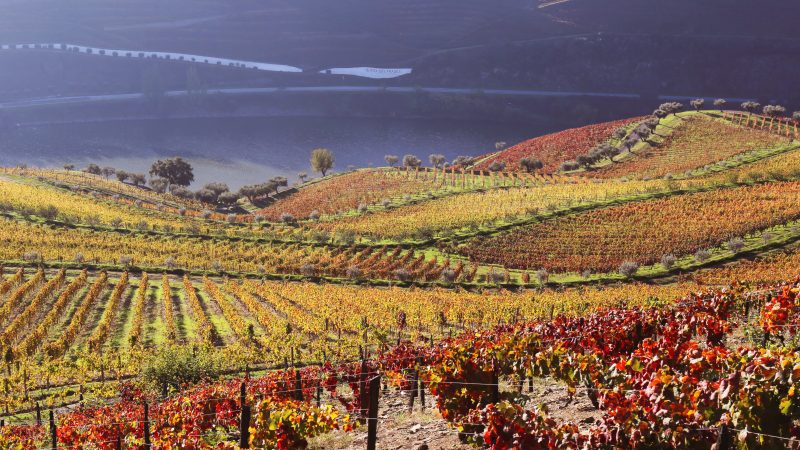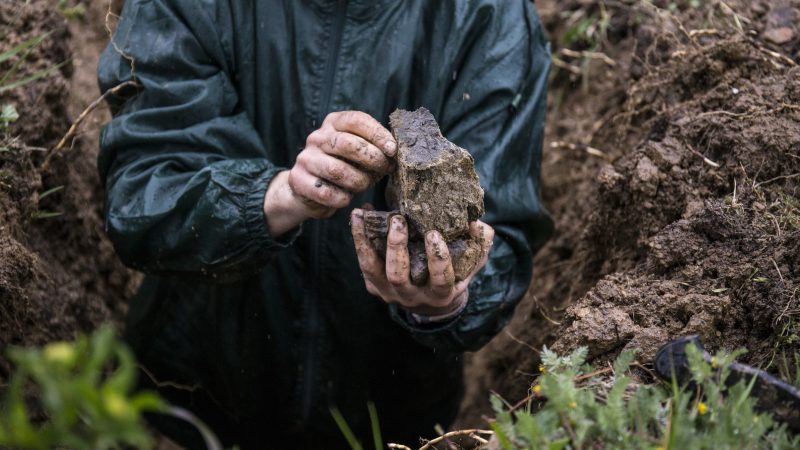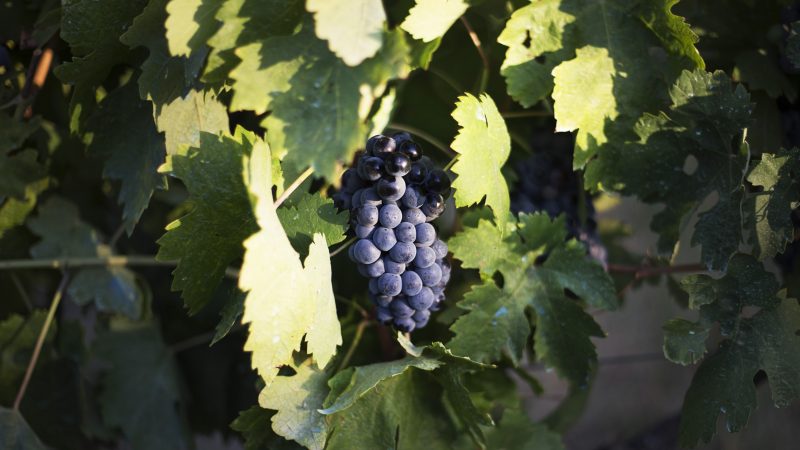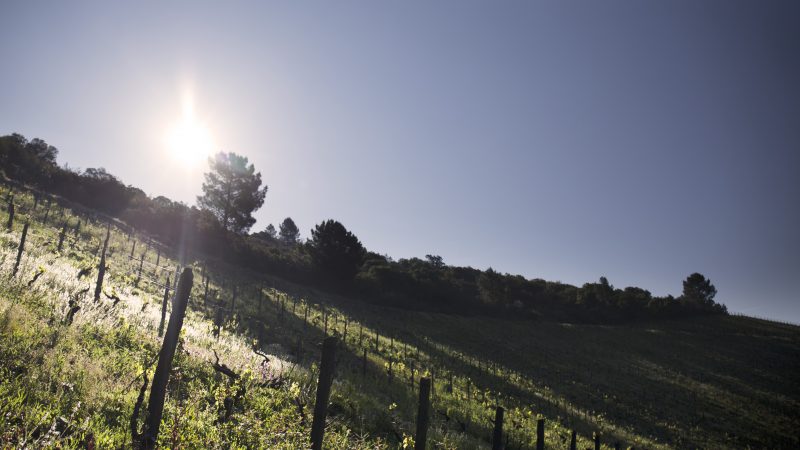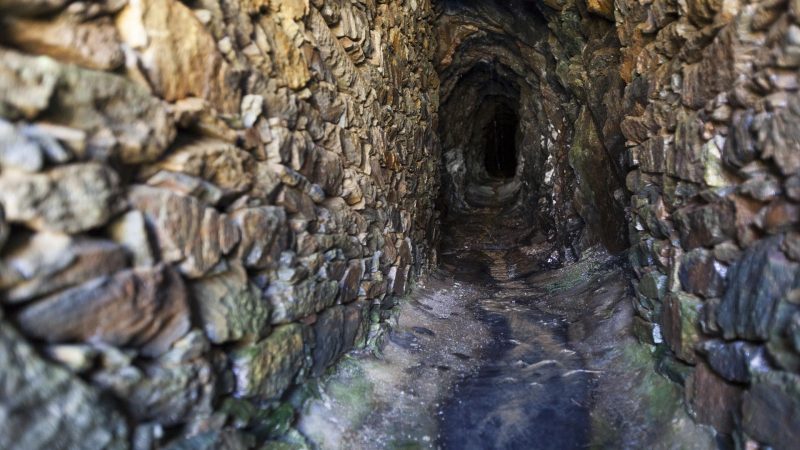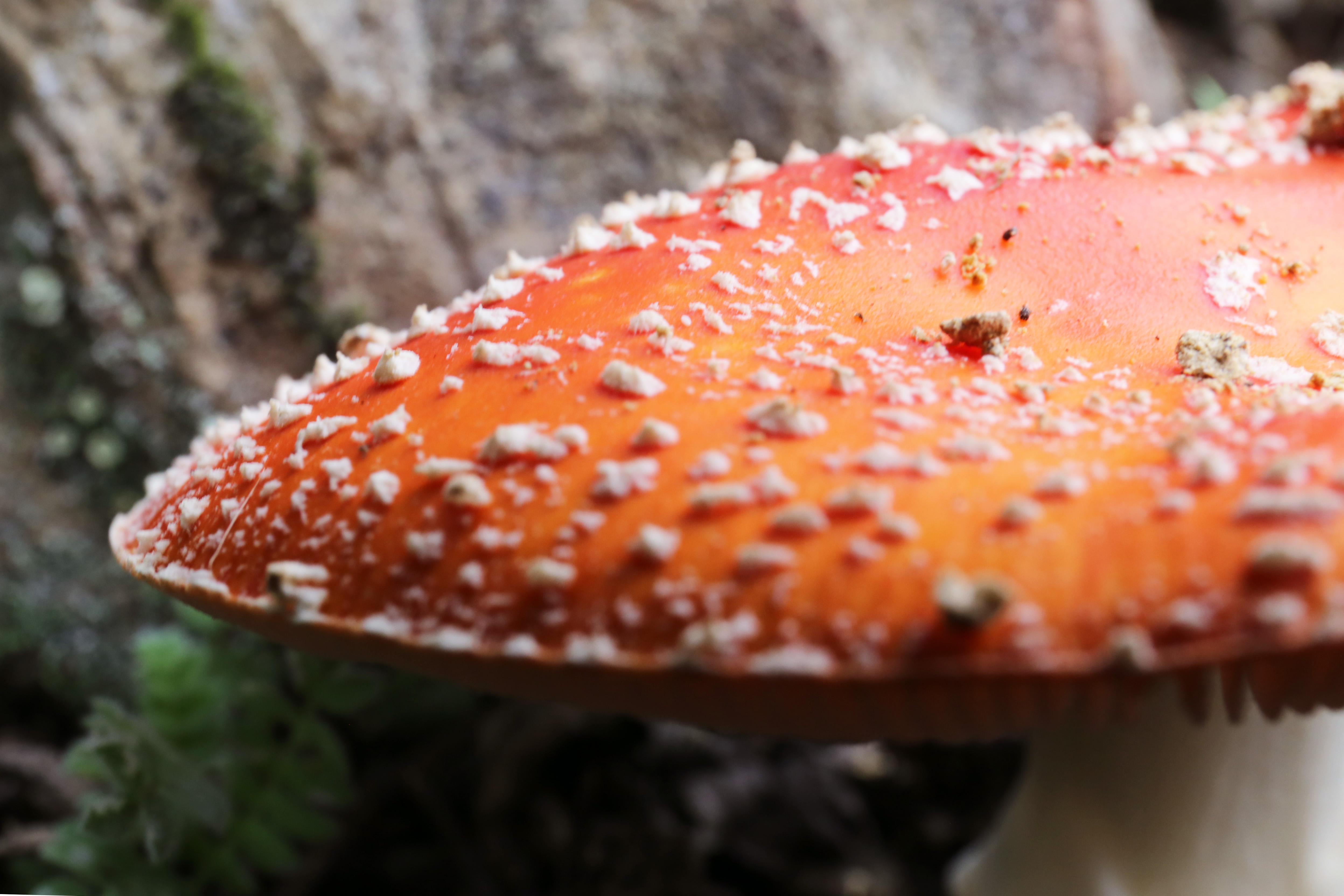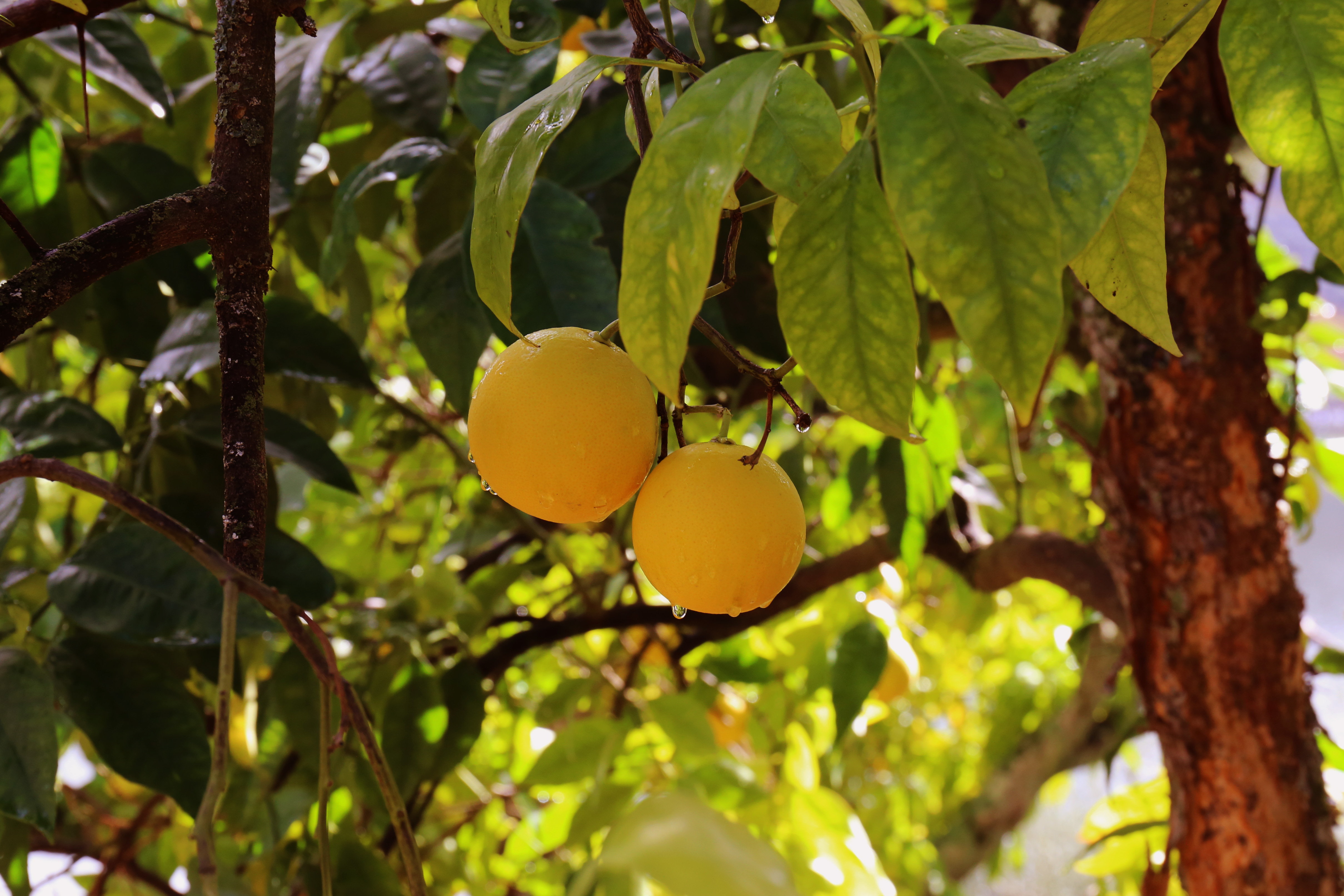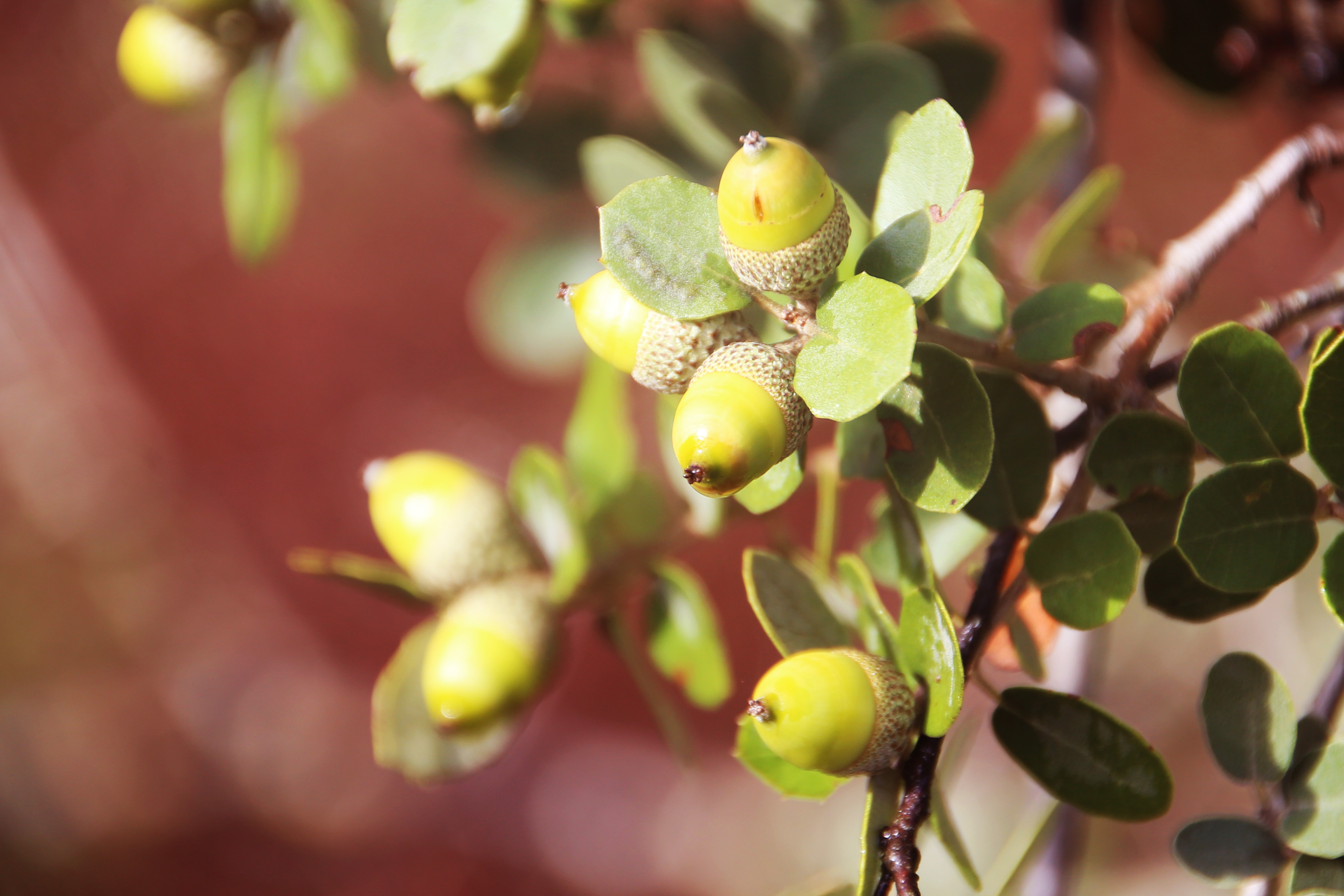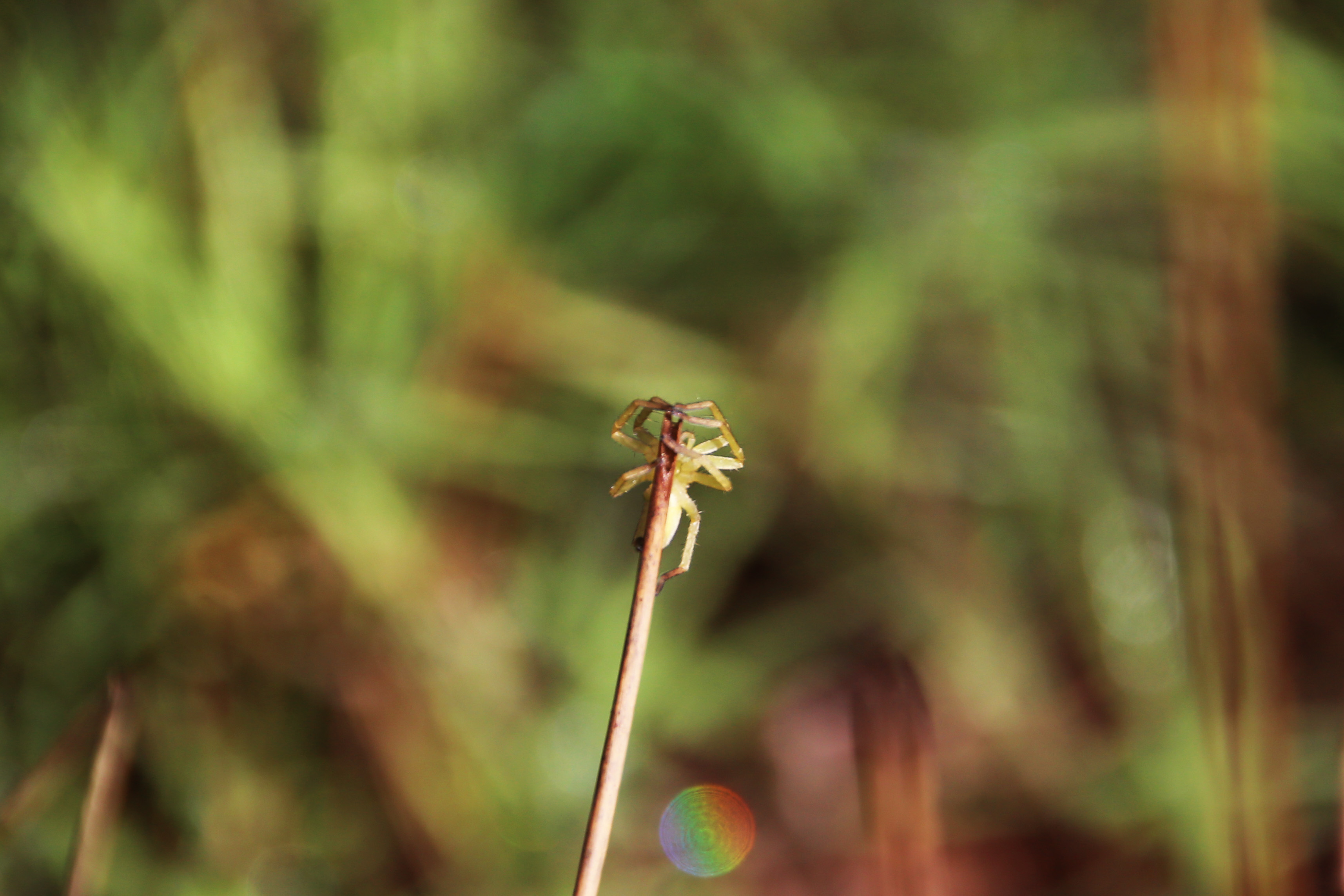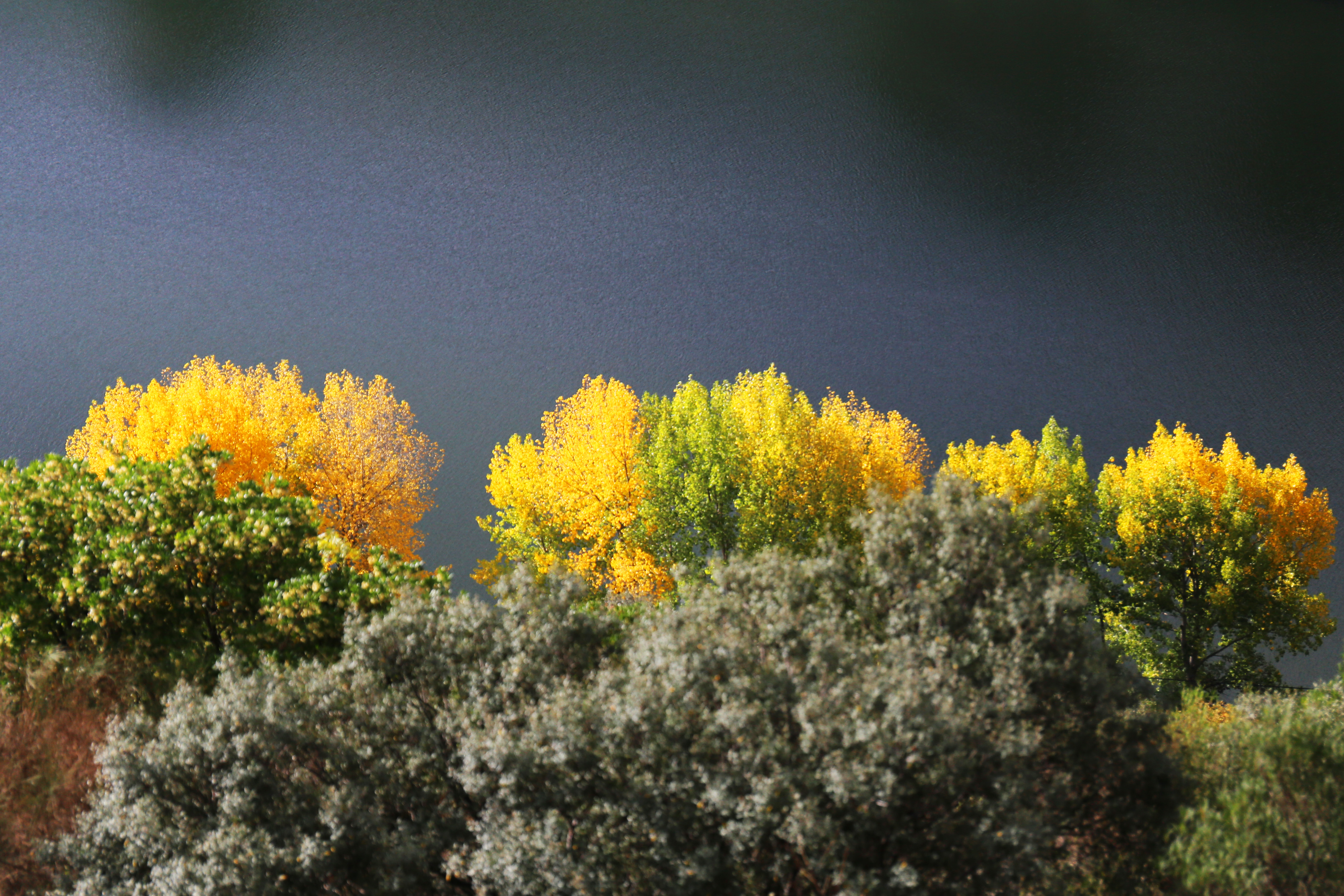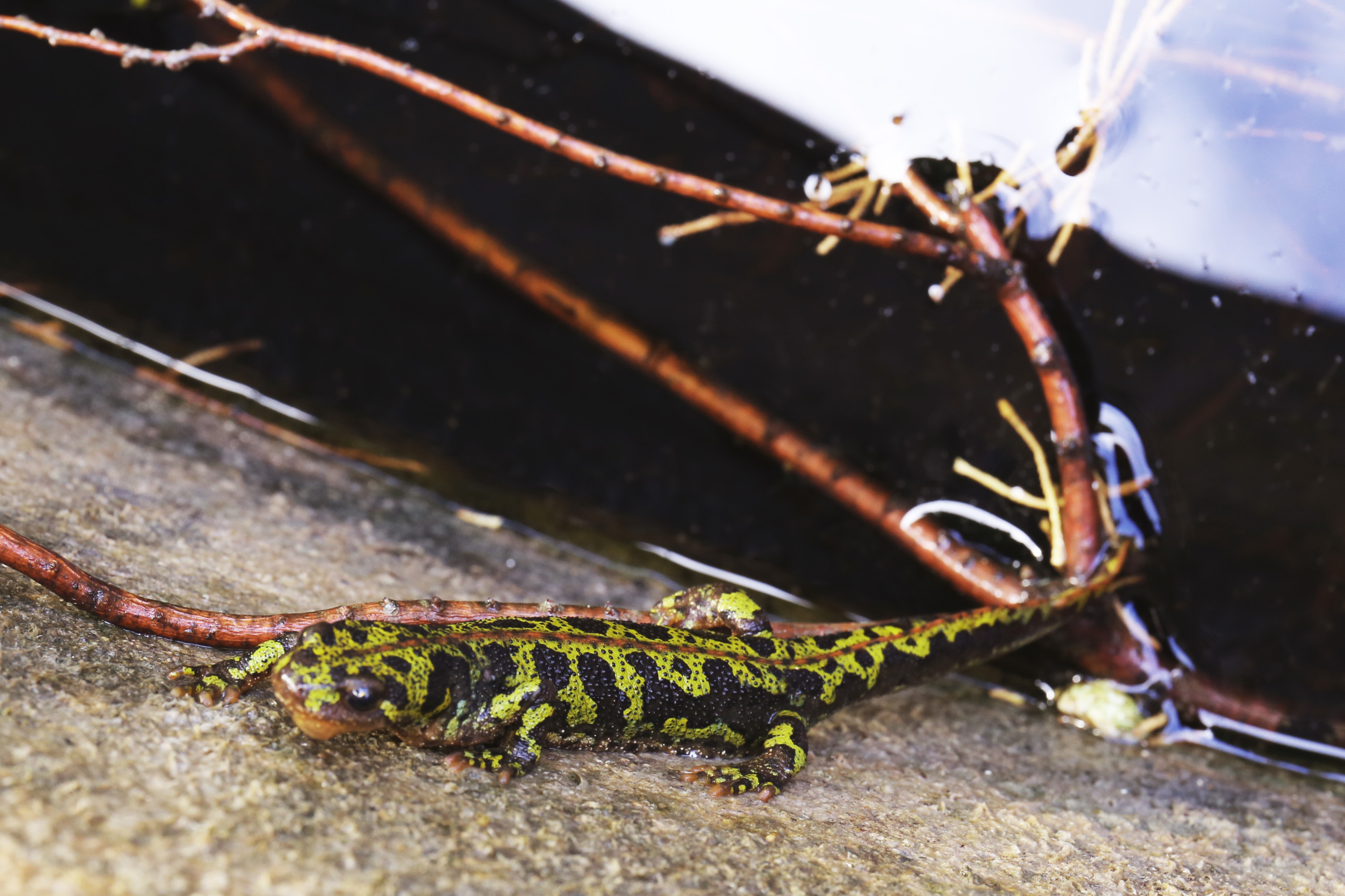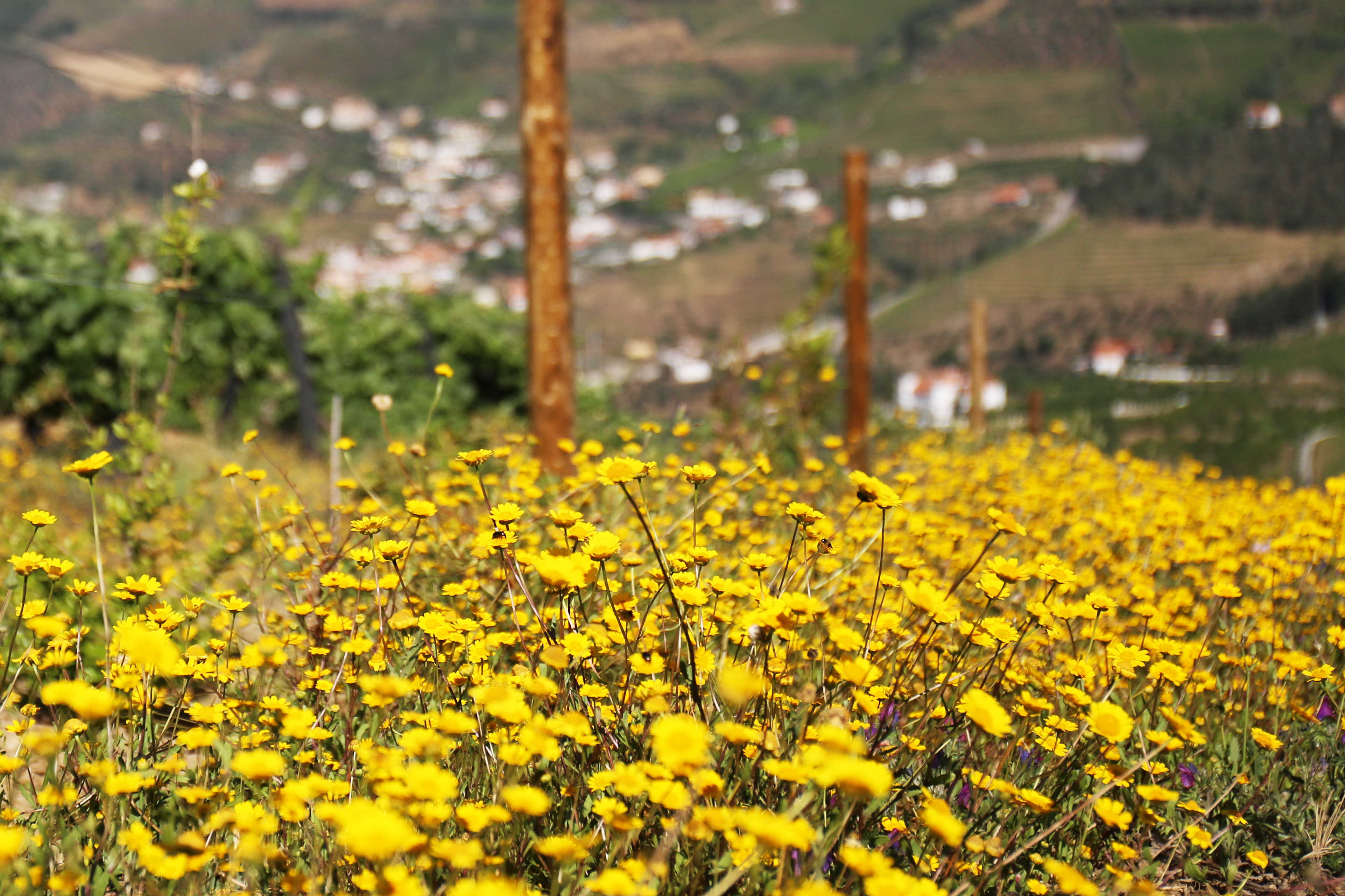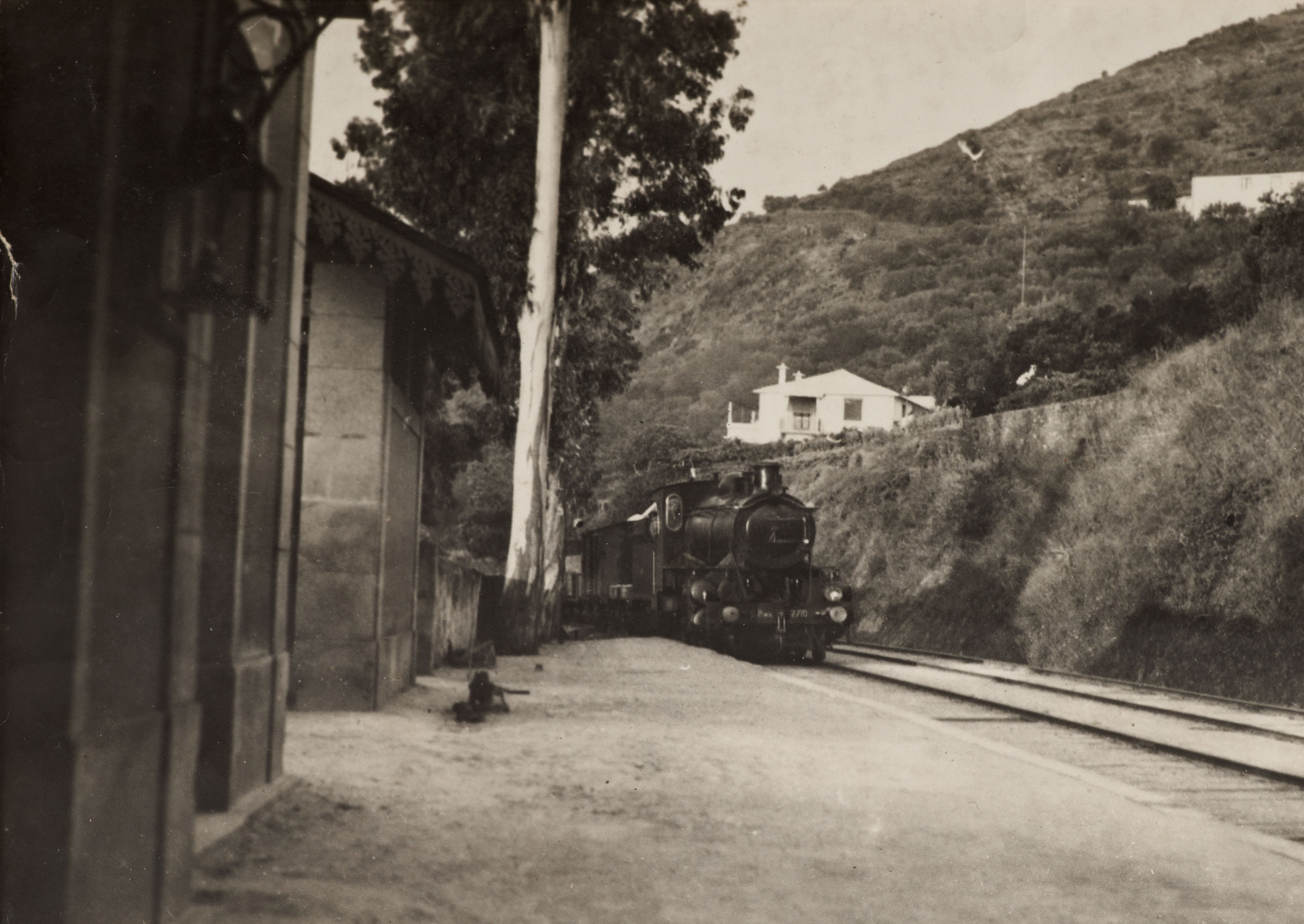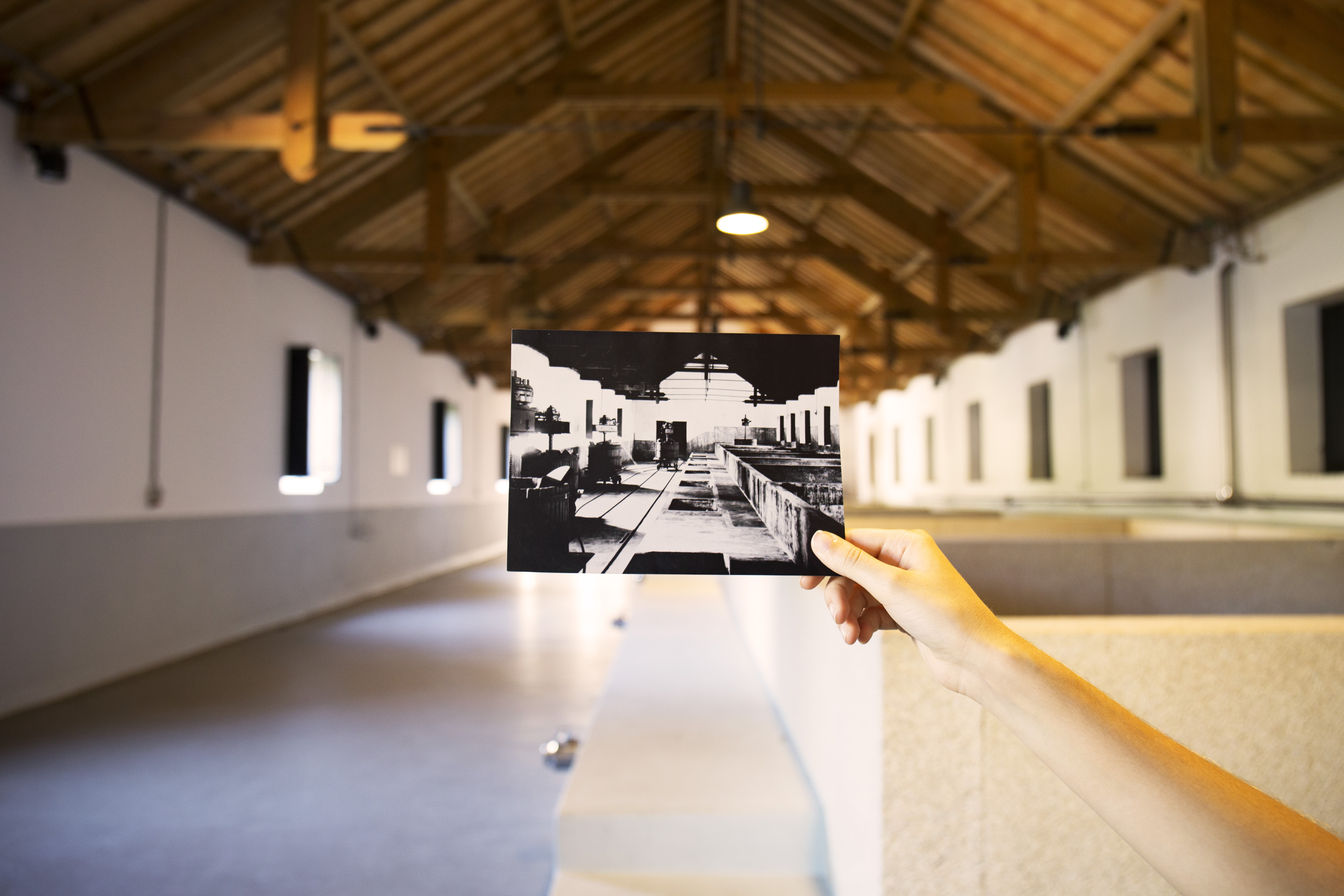Situated in the Douro region, on the border between the Baixo and Cima Corgo sub-region’s. The Baixo Corgo is the coolest area in the region and where it rains the most. The Estate’s proximity to this sub-region results in wines that are naturally fresher and more elegant, with good acidity.
However, the fact that we are on the right bank of the river, where virtually almost all vineyards face south, also gives the grapes great concentration, in balance with the Estate’s natural freshness.
2. Territory
155 hectares of hills and valleys, 48 of which (1/3 of the Estate) are vineyards, extending along 3.2km of riverfront.
3. EIGHT TYPES OF terroir
Eight different types of terroir were identified in only 48 hectares of vineyards.
4. ORGANIC VINEYARDS
Organic production methods have been applied in the entire Estate since 2017, in order to benefit the land, the products and the people.
5. Biodiversity
Most of the Estate still remains in its wild state. The woods and undergrowth help make the agro-ecosystem more resilient and enable communication between the production and conservation areas, in order to maximise the Estate’s ecological balance as a whole.
6. DIFFERENT ALTITUDES
The Estate has an extremely rugged topography with vineyards planted at different altitudes (between 110 and 300 metres) and with different sun exposures, resulting in various micro-climates.
The vineyards located higher up receive more freshness, while the vineyards closer to the river, at a lower altitude, are subject to greater temperatures, resulting in wines that are warmer, more concentrated and riper. This is the difference that provides such distinctive wine profiles, from Quinta dos Murças Minas to Assobio.
7. THE FIRST VERTICAL VINEYARD IN THE DOURO REGION AND THE ESTATE’S verticaliTY
Featuring the first vertical vineyard planted in the Douro, in 1947, the Estate has always been extremely committed to experimentation and developing the oldest demarcated wine region in the world, and this vineyard is proof of that.
Approximately 82% of the vineyards are vertically planted on steep slopes, which enables greater density, more balanced production and a deeper root system, resulting in a better reflection of the terroir. This type of planting improves aeration of the plant, helping prevent some diseases like mildew, and protects our soil from faster erosion.
8. DifFerent SUN ExposURES
The vineyards face North, South/Southeast and West. The north-facing vineyards like
Assobio, are more shielded from the sun, resulting in more aromatic grapes with greater acidity.
South/southeast-facing vineyards, such as Campo Redondo (which produce Quinta dos Murças Minas) and vineyards close to the river (which produce Quinta dos Murças Margem), result in highly concentrated grapes.
The vineyards planted on slopes facing west, which receive more hours of sunlight in the afternoon when it’s hotter, result in grapes that are riper and more concentrated.
9. Five water springs
There are five springs and several watercourses spread throughout the vineyards, which help cool the environment, restoring water and balance to the grapes with greater sun exposure.
10. ARCHITECTURE & HISTORY
The Quinta dos Murças estate features a number of landmarks: the Main House, which overlooks the Douro River, was built at the beginning of the 19th century and restored last year; the Vale Figueira Ruins of 1826 and the Covelinhas railway station, right next door, where the historic Douro train passes. Today, we still use the traditional Douro winemaking processes, such as vinification in granite presses, foot treading and fermentation with indigenous yeasts.
2 / 2
Wine Presses, before and after
The combination of these diverse factors, along with the vinification processes used, maximise the original character of the grapes, resulting in terroir wines that are concentrated, elegant and extremely fresh.
